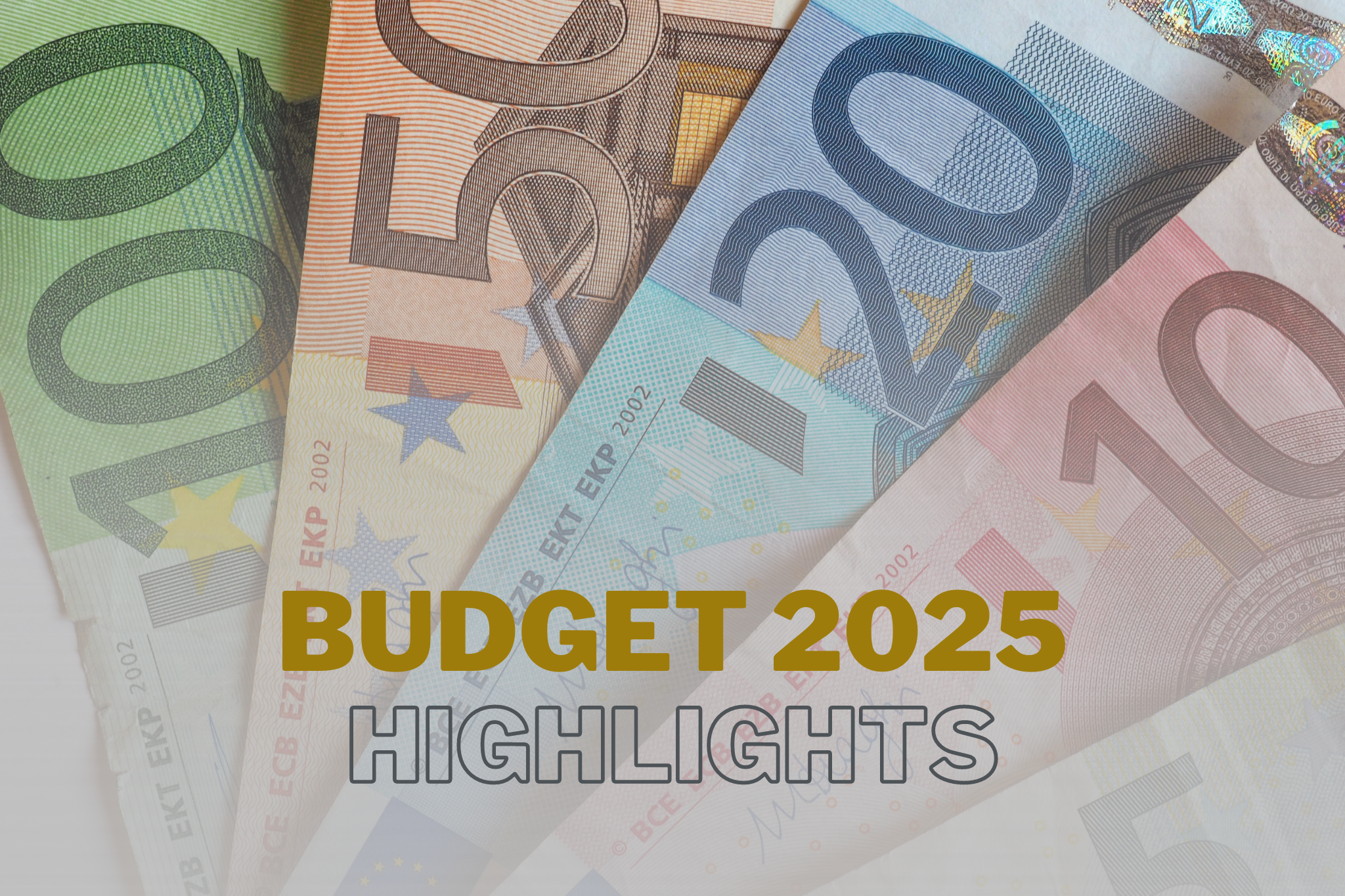 Ireland is an attractive place to set up a Holding Company for many reasons as outlined below.
Ireland is an attractive place to set up a Holding Company for many reasons as outlined below.
The main advantage of setting up a Holding Company in Ireland is the introduction of the new participation exemption which exempts qualifying distributions received by a holding company from its subsidiary from Corporation Tax in Ireland. Prior to this, the tax rate of dividends received from foreign subsidiaries was reduced to 12.5% in certain cases so the introduction of the new participation exemption is welcomed.
We have outlined the main benefits of setting up a Holding Company in Ireland below:
- Dividend income between two Irish companies is exempt from tax in Ireland.
- As mentioned above, there is a new participation exemption for foreign dividends which exempts qualifying distribution from corporation tax. The key conditions of this participation exemption are as follows:
- Resident in and EEA state or a country which has a DTA with Ireland.
- The recipient of the dividend must hold at least 5% of the shareholding of the paying company for an uninterrupted period of 12 months.
- It must not be tax deductible in any other jurisdiction.
- Made out of profits of the paying company.
- The company must opt in for this exemption on a yearly basis.
- There is also a participation exemption on the disposal of shares in a trading subsidiary company on shareholdings of at least 5 years that have been held for at least 12 months.
- Dividend Withholding Tax (DWT) exemptions:
- Group exemption – exemption from DWT if the Holding Company is a 51% parent of the paying company.
- EU Parent Subsidiary – Provides an exemption from DWT on the dividends between parents and subsidiaries. The parent company must own 5% of the shares during an interrupted period of 2 years.
- DTA DWT exemptions.
- The tax rate for trading companies in Ireland is 12.5% and for passive income is 25%.
- Expenses of managing a holding company are generally tax deductible in Ireland.
- English speaking country.
- Part of the EU.
CFC Rules Ireland
CFC rules prevent the artificial diversion of profits from controlling companies to CFCs (offshore entities in low-tax or no-tax jurisdictions). The Irish regime can be summarised as:
- The charge applies to undistributed income of a CFC arising from non-genuine arrangements put in place essentially to avoid tax.
- Such undistributed income is attributed for taxation purposes to the Irish controlling company, or connected company, where that company has been carrying out significant people functions (“SPF”) in Ireland.
- There are exemptions for CFCs with low profits or low profit margin or where the CFC pays a comparatively higher amount of tax in its territory that it would have paid in Ireland.
- The CFC rules will not apply where the arrangements under which SPFs are performed have been entered into on an arm’s length basis or are subject to transfer pricing rules.
- Unless an exemption applies, undistributed income, with an Irish nexus by reference to Irish SPFs, which has been artificially diverted from Ireland, will fall to be taxed in Ireland.
- To prevent double taxation, a credit will be available against the CFC charge for foreign tax paid on the same income.
We can assist on all aspects of setting up a Holding Company in Ireland whether it is incorporating the company, tax compliance and advice, or the preparation and audit of financial statements. If you wish to discuss, please contact us.



 There are several annual reporting obligations for employers and trustees who operate share schemes for their employees which are due by 31 March following year end.
There are several annual reporting obligations for employers and trustees who operate share schemes for their employees which are due by 31 March following year end.






